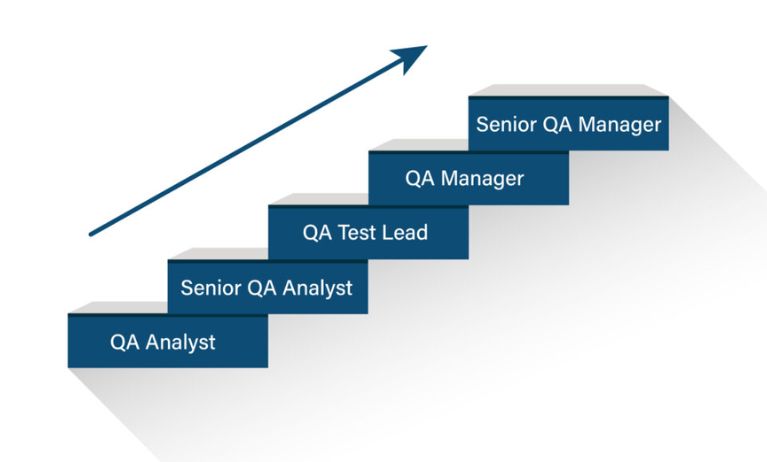When attempting to resolve performance issues with Tableau, always begin by comparing the working performance of the identical workbooks in the Tableau desktop. If the tableau desktop performance is good, the tableau server performance will almost certainly be good as well. If desktop performance is delayed, the Tableau server will inevitably suffer as well. So make sure the Tableau desktop works properly. Because once the Tableau desktop is working well, the Tableau server can be focused on. You can check out our tableau online certification if you want to learn more about Tableau.
The following aspects must be considered for effective Tableau management. Every server is unique, since a variety of factors affect its performance. However, when it comes to Tableau Server’s performance, it can be balanced and improved by following basic ways:
Configured email alerts in Tableau Server, collected and analysed data, adjusted task and process setups, and identified performance bottlenecks. The most common techniques to Tableau Server performance adjustment are as follows:
- Optimise for User Traffic: This configures the server to react to user requests and display views rapidly.
- Optimise for Extracts: This setting instructs the server to refresh extracts from published data sources. If your firm has a large amount of data that must be kept up to date, you may want to optimise for exact refreshes.
- Optimise for extract-query-heavy environments: This is a server setting that improves query performance for workbooks that use extracts as data sources. Rendering views and refreshing extracts place the most burden on the server, thus optimising for the task that your firm is most worried about. Optimise your workbooks for performance.
Loading views in Tableau
Server Views are created so that users can view Tableau through a browser. The client request is routed through the Apache server before reaching the Application server wgserver.exe. This server is responsible for browsing and the Tableau interface. The request is subsequently forwarded to the VizQL process, which then sends it to the data source. This occurs once the view is activated.
The views are dynamic tools designed for asking questions about data. As a result, in order to communicate the views, you must interact with the data as well. The Tableau server can be regarded as a data analytics and query tool because it allows users to interact with the data. It is communicative, therefore the latency in transmitting requests is determined by the query delay.
Improving Tableau Server performance with Model Cache of Queries.
When the browser requests the view, the server determines whether the pre-display calculations are already complete. If it is already completed, the view is delivered to the browser directly. If the pre-display computations are yet to be done, the Tableau server does the calculations for display first and then the view is given to the browser.
The memory Cache of the Queries
If the browser’s requested view has never been requested by another browser, the server will first check to see if there are any previous matching queries. If there are queries, they are utilised to construct the view, which is subsequently sent to the browser. It is speedier than the Model Cache, but slightly more expensive.
Find out the total number of Application Server Processes
With a large number of Application server processes, browser requests for views are unlikely to be connected to the request processor or data cache. So, the number of applications must be minimised in order to improve Tableau server performance.
Balance the load by adding workers
Requests are faster when the load is low, and slower when the load is high. Clustered nodes are created and added, known as workers. Workers are added to provide scalability, however they do not improve Tableau server speed. It will keep the demands in balance. When there are a large number of servers in the environment, interaction requires additional procedures between them. So, if an individual server cannot handle the demand, workers are added to take it.
We should add workers only if the following conditions are met
If additional Application server processes cannot be introduced when the engine is already overloaded with traffic from memory, input-output devices, and APUs. If the hardware cannot be improved further and the servers do not hold any other applications, no workers can be added to the Tableau server environment.
Conclusion Following server testing, Tableau server speed is likely to improve. To learn more about Tableau Server, you can check out our tableau training certification online.




























